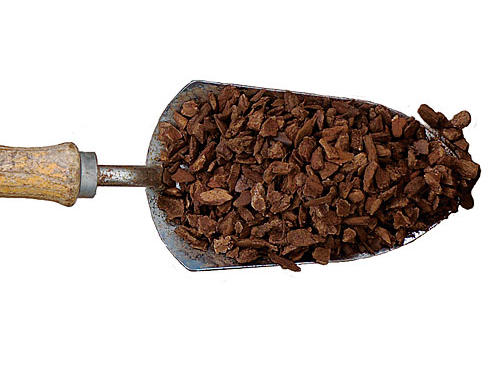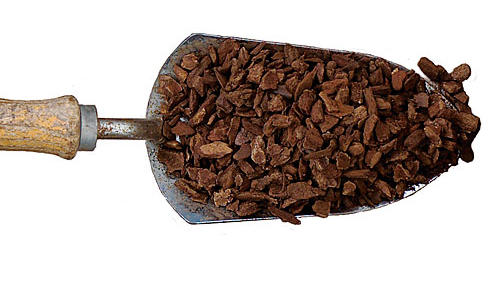
10 Ways to Save Water at Home
Even if you don’t live in a Western state facing a drought, cutting down on water usage makes sense not just from an environmental perspective–homeowners can save money, too, whether using water in the garden or inside. Here are some savvy tips from our Home and Garden editors for saving H₂0.

Photo by Reed Davis
As we reported in our June issue, large areas of the West have been suffering from prolonged droughts. California was especially dry last year, and while this year’s rains helped mitigate the situation somewhat, the state is still facing a crisis.
Even if you don’t live in California, cutting down on water usage makes sense not just from an environmental perspective–homeowners can save money, too, whether using water in the garden or inside. As summer approaches and the mercury rises, now’s better than ever to incorporate some of these H₂0-saving tips from our Home and Garden editors.


